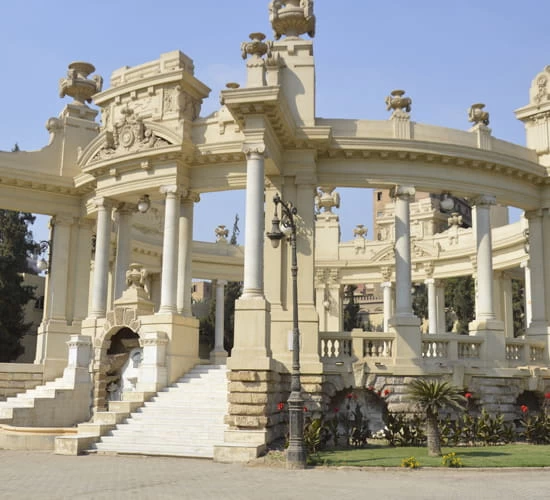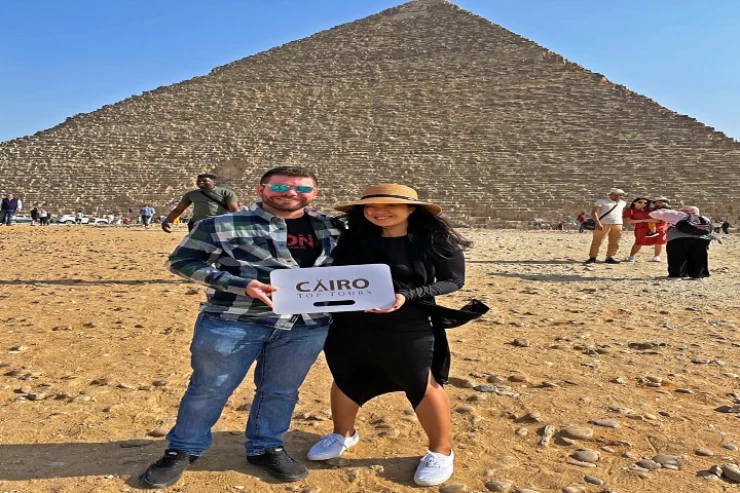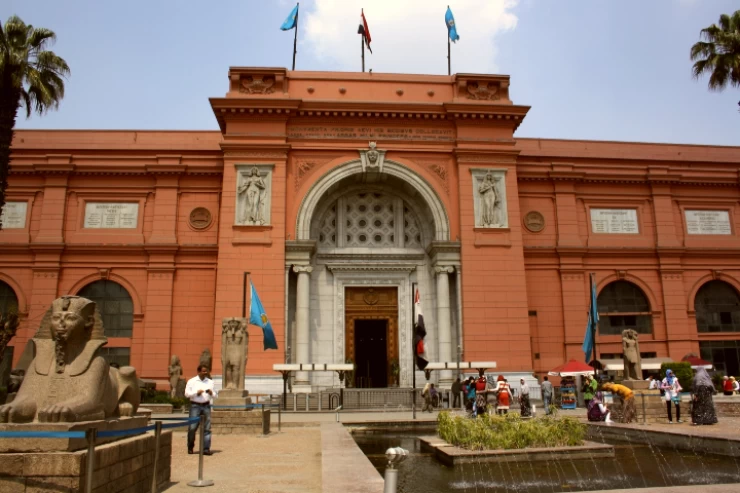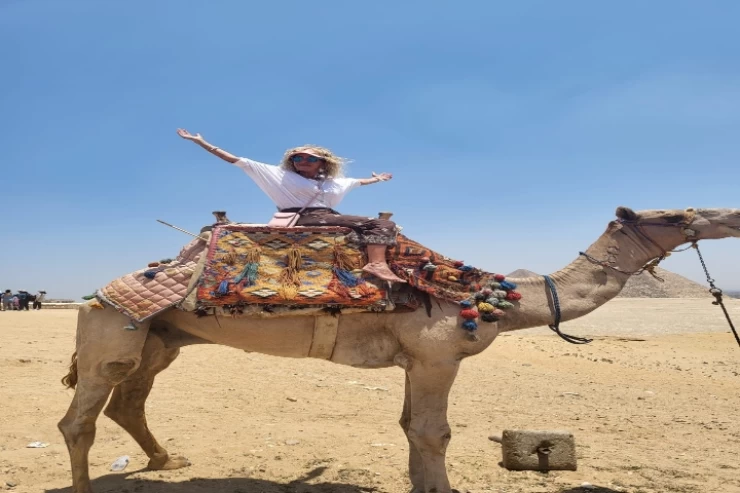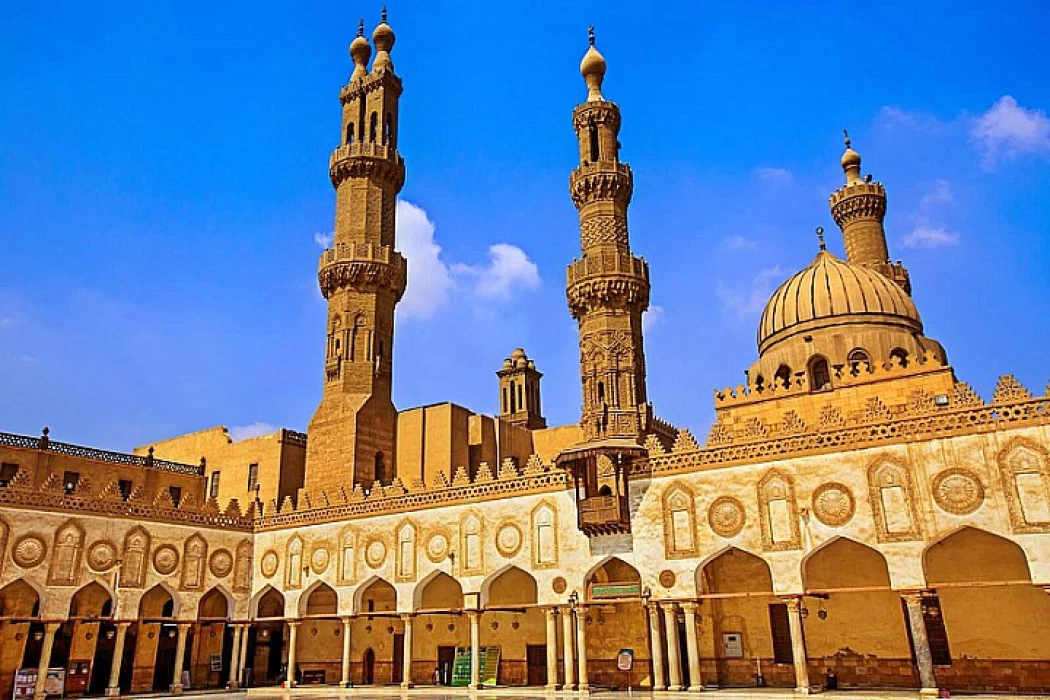
Cairo islâmico
Cairo islâmico Egito
Um passeio pelo Cairo islâmico o transporta de volta ao tempo em que os muçulmanos governavam a cidade.
As mesquitas, lojas e mercados desta área estão entre os mais bonitos da cidade, e um passeio por suas ruas o encorajará a imaginar os dias de glória da cidade!
Cairo antigo
No Egito não temos apenas uma grande história faraônica, temos também uma grande história islâmica da qual nos orgulhamos, o monumento islâmico no Cairo é o distrito medieval do Cairo e uma das mais antigas cidades islâmicas do mundo.
Mesmo que não seja mais a área central da Capital Moderna do Egito, o Cairo islâmico é um lembrete vivo do passado interessante da cidade e é uma das coisas mais favorecidas a se fazer no Cairo. A maior parte das muralhas de Fatimid há muito quebraram, mas ainda há centenas de relíquias e magníficas mesquitas alinhadas às ruas históricas da Al-Qahira. O Cairo islâmico é único em muitos distritos históricos porque ainda é uma parte muito alerta da cidade e é visitado durante todas os passeios do Dia no Cairo. A Al-Qahira foi organizada com palácios e edifícios administrativos quando foi inicialmente formada, o povo do Cairo se mudou para a cidade murada durante um ataque do século 12, e nunca mais saiu desde então. Apesar de sua arquitetura desmoronada e infra-estrutura em desenvolvimento, o Cairo islâmico continua sendo uma das áreas mais desenvolvidas da cidade.
Visitar o Cairo islâmico pode ser uma tarefa difícil. É uma área bastante grande, incluindo a antiga cidade de Fatimid, bem como as áreas que chegam ao sul até a Cidadela de Saladin e a Mesquita de Ibn Tulun. Há literalmente centenas de locais de diferentes tamanhos e importância ao longo destes estreitos aliados. Além disso, o fato de ainda ser uma área comercial e suburbana movimentada e o Cairo islâmico pode representar um grande desafio. Pode-se passar diversas semanas simplesmente se perdendo nestas ruas antigas sem ficar sem novas vistas e experiências; no entanto, há várias áreas onde turistas mais casuais devem concentrar sua atenção para ver muito do que esta região histórica tem a oferecer em um período de tempo mais curto.
Destaques do Cairo islâmico:
O mais magnífico museu ao ar livre de arte islâmica chama-se Rua El-Moez. era a rua principal pela cidade quando foi construída durante o século 11 e aqui foram construídas mesquitas, escolas, Sabils, mausoléus e palácios. A parte norte da rua (entre Bab El-Fotouh e a Rua Al-Azhar) foi recentemente reformada. Esta é uma das partes mais gráficas do Cairo. O Complexo Qala'un aqui é um dos mais proeminentes do Cairo.
Você pode facilmente passar o dia nesta área, terminando à noite no famoso mercado do Cairo do século XIV, Khan Al-Khalili. Os trabalhos de reforma na seção sul da rua (do Complexo Ghouriya ao Bab Zuweila) começaram em 2011. Mais adiante, na área de Khan Al-Khalili, está a Mesquita Al-Azhar.
Salah Al-Din Al-Ayyubi Castelo contém 4 mesquitas, são elas: "Mesquita Muhammad Ali, Mesquita e Madrasa de Al-Nasir Qalawun, Mesquita de Sulaiman Pasha Al-Khadim - Sariyat Al-Jabal, Mesquita de Ahmad Katkhuda Azban - Mesquita de Al-Azab".
Sua visita às mesquitas localizadas dentro da Cidadela Salah al-Din al-Ayyubi, incluindo a Mesquita Muhammad Ali e a Masjid de al-Nasir Muhammad bin Qalawun, representa uma esbelta arquitetura da história islâmica egípcia durante a era de Salah al-Din,
Quando visitar o castelo, não esqueça sua visita aos museus localizados no castelo, incluindo o Museu de Veículos, o Museu Militar e o Museu do Jardim, pois eles contêm um grande número de artefatos raros porque você pode vê-los em qualquer outro lugar, exceto no Castelo de Salahuddin.
Diante da Cidadela está o enorme complexo do Sultão Hassan, conhecido como a pirâmide da arquitetura islâmica, e foi construído pelo governante Mamluk Al Sultan Hassan durante o século XIV. Esta enorme mesquita inclui uma madrassa (uma escola religiosa para ensinar os quatro ritos de uma seita islâmica no Islã) e exibe alguns dos elementos arquitetônicos mais impressionantes em qualquer mesquita da cidade.
A Mesquita de Ibn Tulun fica a uma distância a pé tanto da Cidadela de Saladino como da mesquita do Sultão Hassan. estabelecida em 872 d.C., é a mais antiga mesquita de pé do Cairo islâmico e a maior por terra. É um espaço realmente impressionante, devido ao seu estilo arquitetônico único Samarran, ao fato de ter sido construído quando os líderes egípcios eram do Iraque. Além disso, o Museu Casa Gayer-Anderson está conectado a suas paredes externas. A proximidade da Mesquita Citadel e do Sultão Hassan com Ibn Tulun faz com que seja fácil fundir-se em um dia de turnê. Al-Azhar Park é um dos maiores parques do Grande Cairo e um dos maiores e mais belos parques do mundo. Ele está localizado em uma área de 80 acres que foi usada no passado como lixeira para lixo e resíduos por mais de mil anos. O projeto foi anunciado em 1984 e aberto aos visitantes em 2005, pois levou mais de 7 anos para ser construído, a um custo total de mais de 100 milhões de libras esterlinas. Este belo local oferece vistas panorâmicas da cidade e jardins bem cuidados. Há também um café e um restaurante. Além disso, ver o pôr-do-sol do jardim é uma das coisas que você deve tentar!
Planejando qualquer viagem ao Egito? ou a partir de nossas variedades de viagens do Cairo? você pode facilmente explorar o Cairo islâmico com o Cairo Top Tours.
Pacotes de viagem ao Egito, incluindo o Cairo islâmico e tantas coisas maravilhosas para fazer no Egito:
O Jardim Botânico de Aswan, também conhecido como Ilha El Nabatat, é um lugar legal em Aswan onde você pode aprender sobre o Egito antigo. Você pode imaginar como era viver lá naquela época e ver todas as coisas incríveis que eles tinham.
Islamic Cairo is located in the heart of the modern metropolis of Cairo, a place of fascination with its past, culture and beliefs that have been practiced over the years. Also known as Old Cairo or Medieval Cairo, the area has been recognized and declared by UNESCO as an architectural heritage under its protection. It is home to impressive mosques, madrasas and other buildings dating back to the golden age of the Islamic Empire. For tourists, Islamic Cairo is a unique place that transports them to a time when the cries of Musasin could be heard around every corner and people's noses smelled warm spices.
go back to the seventh century when the Arab conquerors first introduced Islam into Egypt. Through the centuries, Cairo rose and became the center of the Islamic Empire under various dynasties: the Fatimids, Ayyubids, Mamluks, as well as the Ottomans. Each of these contributed and left traces of the architectural magnificence and cultural depth of the present surroundings.
Once it bloomed into its glorious days, Islamic Cairo was a thriving metropolis of commerce, schools, and temples. In the 10th century, the Fatimids moved to Egypt and made Cairo their political capital, erecting such memorable edifices as al-Azhar Mosque and the original city enclosure. Later, the Mamluks built their marvelous mosques, tombs, and madrassah structures, which embellished the city further. Even today, Islamic Cairo is still considered to be one of the least altered urban areas containing medieval Islamic architecture throughout the entire world.
When it comes to the variety of places to see in Islamic Cairo, the visitors will surely be loaded with so many sights. Here is a list of some of the landmarks that one should not miss:
1. Citadel of Salah El Din Historical Relevance: Built in the 12th century under the orders of the great Salah El Din (Tamerlane), the Citadel was constructed to protect the city of Cairo from the Crusaders’ threats.Main Characteristics of Construction: The citadel illustrates the example of military architecture of its typical medieval period, characterized by high walls and lookout points. Inside its grounds, tourists can come across the impressive Mosque of Muhammad Ali with its tilted spires and lavish decoration. Overlooking Opportunities: The Citadel is a beautiful and scenic old fortress that has an expansive view over Cairo, enabling you to see even the pyramids clearly at very far distances in good weather, which makes it ideal for taking pictures.
It was Founded in 970 AD, the Al Azhar Mosque is among the oldest universities in the world and a representation of education in Islam.
Art: The mosque is preserved as a fine architectural work of art typical of the Fatimid era. Its complex has exquisitely carved geometric shapes, stucco designs, and a beautiful marble floor. Their artworks in the form of buildings were, however, embellished by other empires, creating a mix of architectural styles under the umbrella of Islamic art.
Spirit: It’s still a religious hub and a cultural center, bringing in scholars, tourists, and other visitors from every corner of the earth. Its atmosphere is comfortable, which allows people a break from the noisy city.
Vibrant Market: Founded in the 14th century, Khan El Khalili is one of Cairo’s most famous souks (markets). A labyrinth of narrow alleys brimming with shops, it’s the perfect place to discover traditional handicrafts, jewelry, spices, and souvenirs.
Historic Tea Houses: While wandering through the bazaar, take a break at one of the historic tea houses, such as El Fishawi’s, which has been serving tea and coffee to patrons for over 200 years. This is a prime spot for people-watching and soaking in the local culture.
Artisan Workshops: Many stalls offer a peek into Cairo’s artisanal heritage, with workshops where craftsmen create intricate gold jewelry, hand-blown glassware, and colorful textiles.
4. The mosque of Sultan Hassan
The Magnificence of Construction: This mosque completed in the 14th century is an epitome of Mamluk designs. Its walls are thick and vertical, with large arches creeping along with a central courtyard enclosing an ablution area.
Center for Educational Purpose: This construction was intended to be a mosque at first and a madrassa (school) attached to it. The purpose was to train pupils in the four Sunni legal schools.
Awesome Features: The stunning mosque has marble inlay, detailed wood carving, and an imposing mihrab, which is a collection of the best works done during the Mamluk’s reign inside.
Cultural Engagements in Islamic CairoIslamic Cairo is not limited to the visit of some ancient archives and churches; it is a cultural experience. So here are some of the activities that could be part of your visit:
1. Attending a Sufi music performance at Ar-Tanura Egyptian Heritage Dance TroupeSpiritual Music: Not only is the venue located at Wekalet El Ghouri an ancient building that serves as a cultural hub, but the performance combines Sufi music and whirling dervishes that are artists performing an age-old dance of spirituality and unison with God.A Vivid Picture: All the spirituality that one associates with Islamic Cairo has easily been stripped away in the loud, festooning music, bright, glittering costumes, and the dervishes spinning around in an entrancing manner.
2. Studying Genre and Context of Islamic Art at the Museum of Islamic Art . An amazing exhibit: The Islamic Arts Museum Malaysia harbors the most extensive collection of Islamic arts ever assembled, consisting of textiles, ceramics, woodworks, and pages and documents from across the Islam dome. Explore: Objects from different Islamic empires and their cultures and achievements in arts within the Islamic world can be found.







